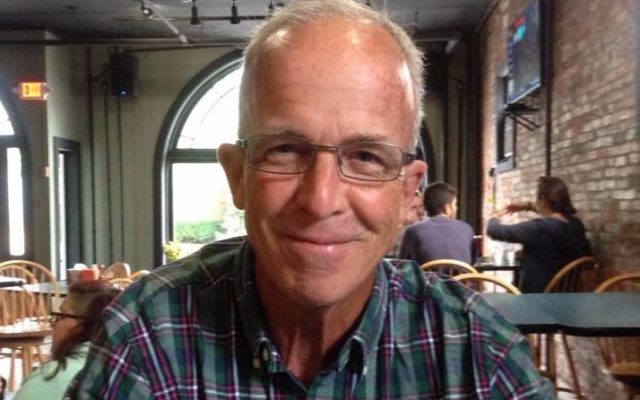
Remembering American Revolution veterans
How many times I’ve driven past True Cemetery in South Livermore — I don’t know. It’s also called Twin Bridges Cemetery after the two lovely iron bridges enabling traffic to cross over the Androscoggin River. Those bridges were destroyed by the State of Maine in 2005, replaced by a solitary concrete bridge with no soul.
In August 2019, with time on my hands, I grabbed my iPhone, heading out to discover old cemeteries with American Revolution veterans’ headstones. True Cemetery was my first stop.
Why do I take photos of American Revolution veterans? They stepped up in the 18th century to fight against Great Britain, the world’s strongest military at the time. Against crazy odds the American citizen soldiers won the war so that they, and we, might live free.
So I take photos of American Revolution vets’ headstones, post them in my special Facebook photo album with their brief biographies, because they deserve to be remembered. And we, both state and nation, need to remember them and what their sacrifices still mean to us in year 2020. Doing so would probably help younger Americans who know nothing of the American Revolution, love and appreciate freedoms, rights, and opportunities they have.
True Cemetery, at first glance, seemed slim pickings for AR vets headstones. Such headstones are usually identified by special Revolutionary War grave-markers with, sometimes, American flags attached. There weren’t many in True Cemetery.
But far off in the corner of this long, narrow place, I took a photo of Mr. Jabez Delano’s white headstone. His epitaph reads simply: ”A revolutionary soldier.” Mr. Delano died on August 24, 1818 at age 87. He would have been about 44 years old at the Revolution’s outbreak in 1775.
I found and photographed one other AR vet in True cemetery. Miles up the road, in a second cemetery, I photographed a third AR vet. Then I went home, uploaded the photos onto my laptop, and there they sat four months, until I was ready to add them to my Facebook photo album.
Livermore and Turner are places where my Fish ancestors lived and died. I’ve been to their graves. And while preparing my August 2019 AR vet photos for publication, I came across a definitive account of an area AR vet Fish who froze to death walking in an 18th century blizzard. Years ago someone shared their few remembrances of the story, but I was unable to find story details until this week in a PDF of an 1874 book titled, ”Notes Historical, Descriptive, and Personal of Livermore, Maine.”
The frozen Fish was one of two original settlers of Livermore. He was Major Thomas Fish, originally from Oxford, MA, an officer in the Continental Army, a shoemaker in Maine. According to an account in the 1874 book, Thomas Fish was walking home after working several weeks in Winthrop, 18 miles away. At nightfall he made a wrong turn near home, got lost and, exhausted, removed his coat, sat down to rest, and died. That was December 20th, the day I write.
“He was found about three days afterwards,” according to the account, which goes on to say “the first who found him” was Uncle Jabez Delano. The same Jabez Delano whose headstone I photographed on August 1, 2019.
“Thus died Maj. Thomas Fish. After enduring the hardships of a surveyor, even more, the hardships of a soldier in the Revolutionary war, he died alone in a swamp, with not a friend to close his eyes,” according to the old book.
I would have liked to remember him and include his headstone in my American Revolution veterans’ photo album. But, Maj. Thomas Fish is buried in the Fish Meadow area of Livermore in an unmarked grave.
Scott K. Fish has served as a communications staffer for Maine Senate and House Republican caucuses, and was communications director for Senate President Kevin Raye. He founded and edited AsMaineGoes.com and served as director of communications/public relations for Maine’s Department of Corrections until 2015. He is now using his communications skills to serve clients in the private sector.